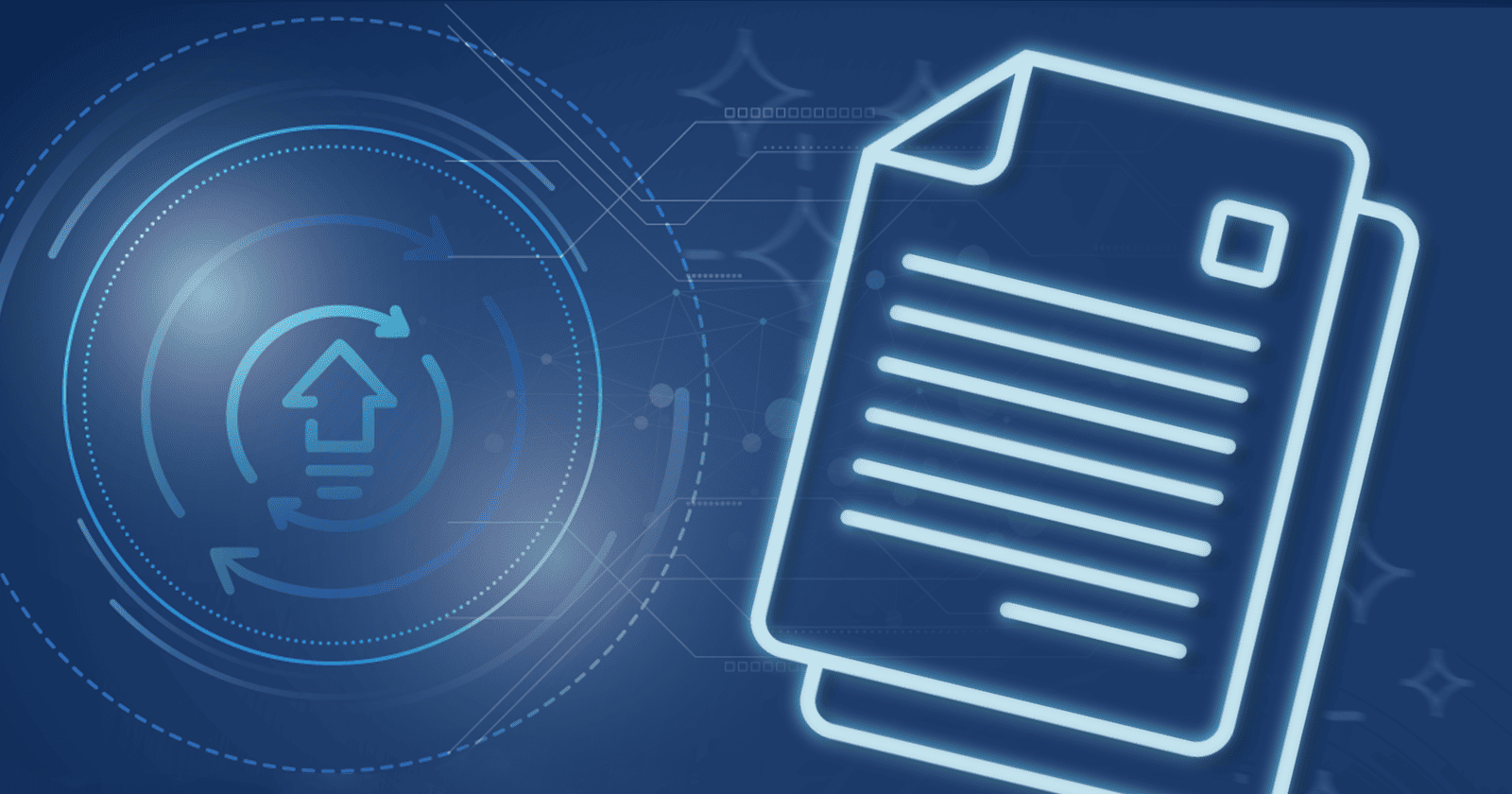2 minute read
Gen AI and Machine Learning for business applications
Explore how emerging technologies like Generative AI and Machine Learning can transform business applications through data platforms & unified data layers.
Table of contents
Emerging technologies, particularly Generative AI, Large Language Models (LLMs) and Machine Learning, offer new and exciting capabilities for business applications.
While Generative AI can seem almost magical, its effectiveness relies heavily on the data it processes to provide the necessary context for accomplishing specific tasks.
Importance of robust data platforms in Generative AI
Observing experts in the Generative AI field reveals fascinating use cases that demonstrate how these technologies can enhance or even create new applications, often with seemingly results.
However, a common theme across these discussions is that the successful application of these technologies depends on a robust data platform with high-quality, contextualized data, often referred to as "everything else."
The "everything else" encompasses your data platform. Organizations have been generating vast amounts of data for years, ranging from transactional data (rows and columns) to unstructured data (documents, correspondence, customer/vendor interactions) and multimedia (images, video), among many others.
Data integration has evolved from being a painful process involving endless ETL (Extract, Transform, Load) operations to a more approachable task. Most organizations now have some form of a data hub that consolidates their data.
At a basic level, this service can be queried to provide business insights. Adding semantics to the service enhances it by providing a unified data model and improved interoperability, offering significant benefits.
Unifying data for meaningful insights
Consider a chemical manufacturer trying to understand more about a vendor and the services they provide. The data hub likely contains invoices that have been submitted and paid. But what if you want to know the specifics of these invoices? A unified data model with semantics can link the data, providing meaning and context.
This can help you discern that payments to the vendor were for purchasing and servicing pumps across three factories. Delving deeper, you can identify specific pumps and services, although this still requires some effort.
This example illustrates searching against a data hub and a Unified Data Layer (UDL) that "understands" your data through semantics. The UDL bridges the gap between the benefits of an LLM and the "everything else" needed to reap that benefit.
Leveraging LLMs for advanced data queries
Returning to the chemical manufacturer example, an LLM could facilitate a natural language search such as, "What are the costs for servicing ACME model 123 pump across all refineries in the US?". The UDL provides context for the search and builds the prompt that the LLM uses to perform the search.
The user could request a comparison of costs by vendor in a row/column format or, more intriguingly, rank the vendors by cost and performance by searching invoices, product guides, work orders, safety reports, and other linked information within the UDL.
This discussion highlights the evolution from data management to information management and knowledge management through your data platform. By leveraging a Unified Data Layer, you can enable new technologies and unlock their full potential for your organization.
Join me at Henry Stewart’s “Semantic Data” event in NYC!
With this introductory blog post I am excited to announce my participation in the Henry Stewart event, "Semantic Data: Taxonomy, Ontology, and Knowledge Graphs," in New York City on the 23rd of October.
I will be speaking on "Modern Data Platforms: How Semantics Enhance Them and How It Enables Business and Advanced Technologies." I invite you to register for the event and join my session to explore how emerging technologies like Generative AI and Machine Learning can transform business applications.
Use the discount code DATAVID100 for a special offer. Don’t miss this opportunity to gain valuable insights and network with industry experts!
Want to meet with Datavid team?



